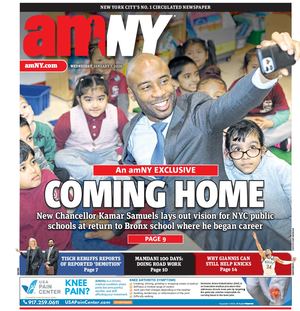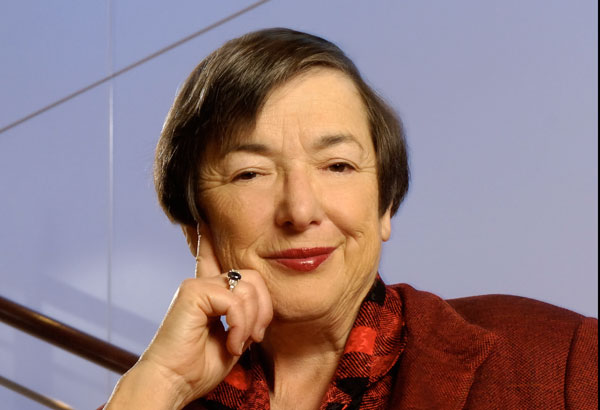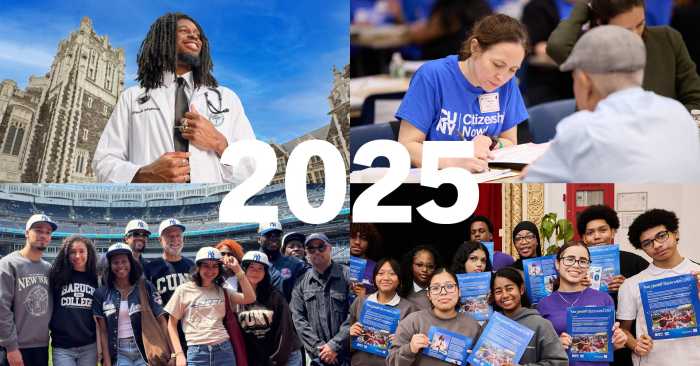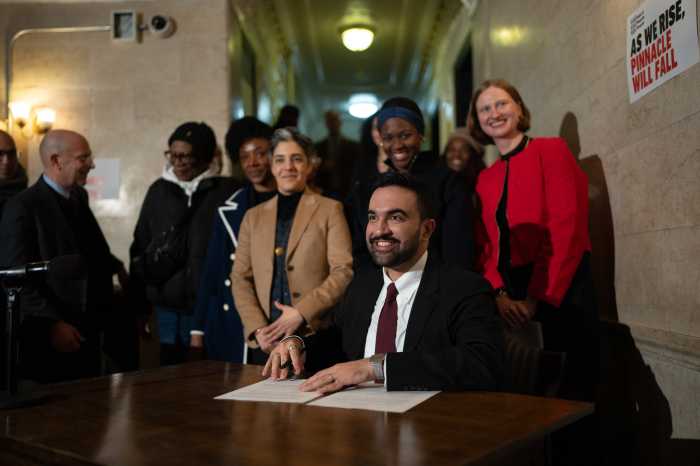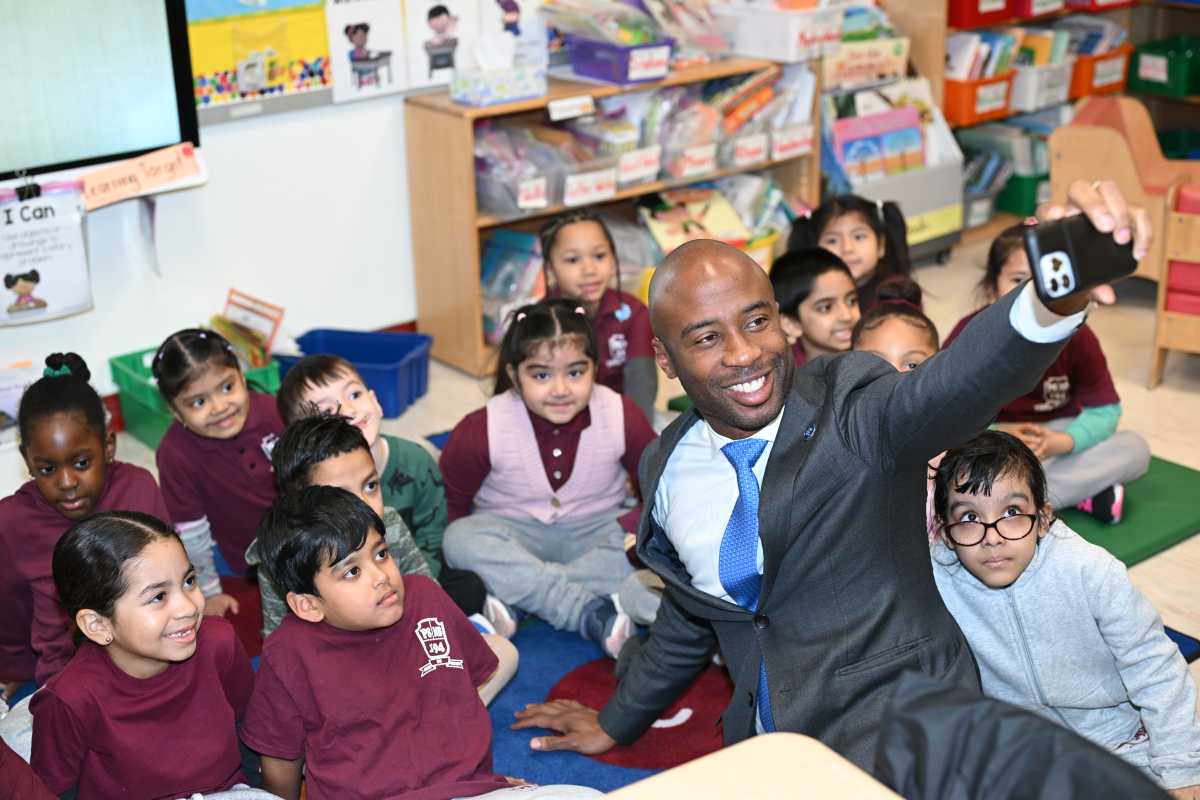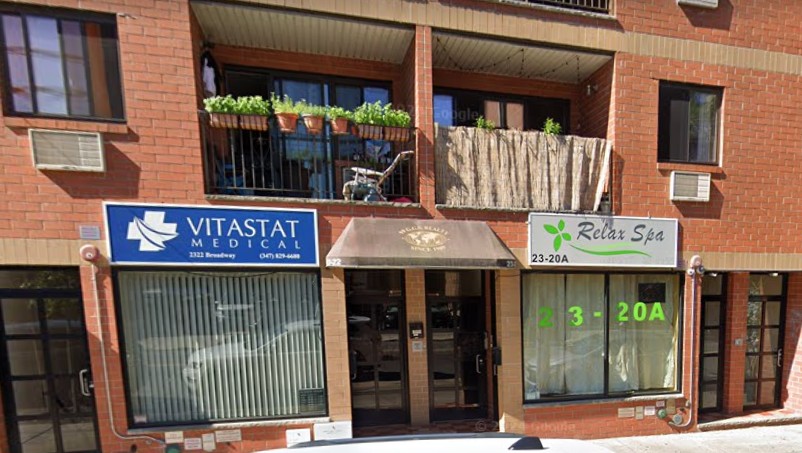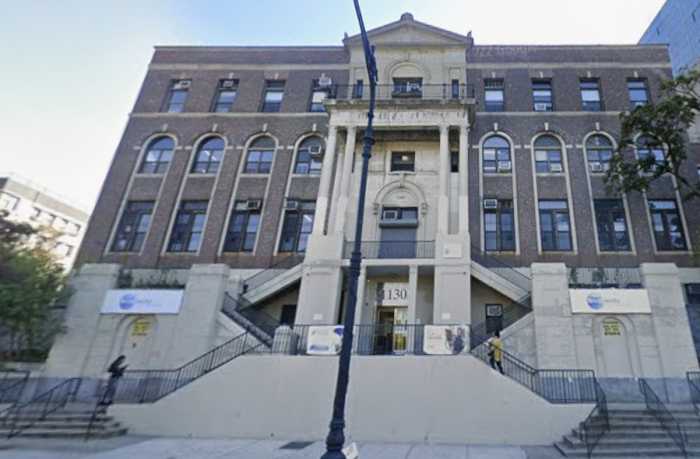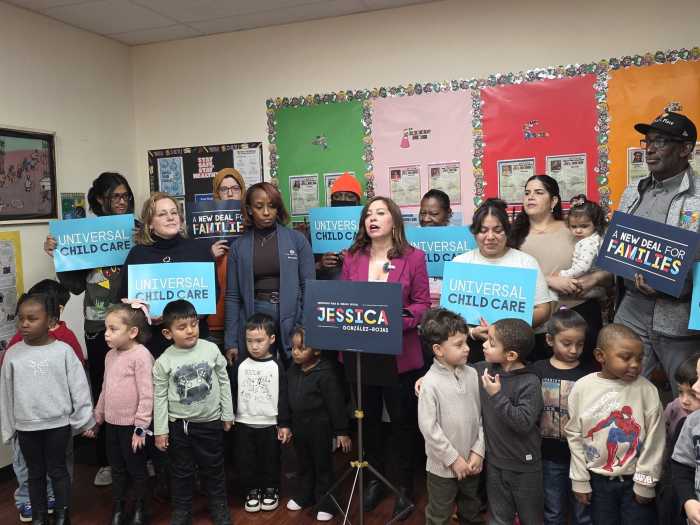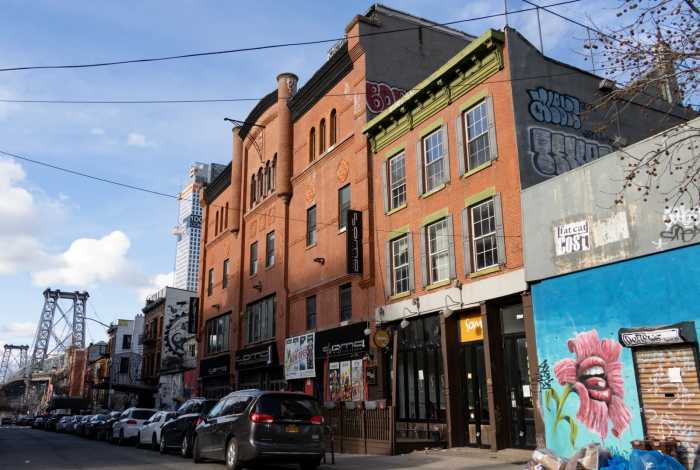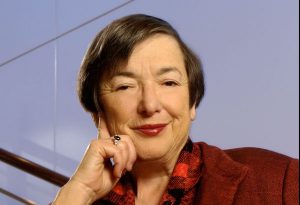
BY ALINE REYNOLDS | Sheila Birnbaum, a partner at Skadden, Arps, Slate, Meagher and Flom, talks about her objectives as the newly appointed administrator of the 9/11 Victim Compensation Fund, and how her previous experience mediating wrongful death and personal injury law suits of nearly 100 families and 9/11 victims makes her equipped for the job.
What provoked your interest in administering the V.C.F.?
I spent my entire career trying to handle issues regarding settlements and claims of tort victims. [Trying] to work out a system that would be fair to the victims of 9/11 was a challenge that I just could not turn down — it is one of the most important groups of people that we can compensate.
I heard you’re undertaking this job pro bono?
I am. All the money [that finances administrative costs] comes out of the fund, and I didn’t think it was fair of me to be taking money away from any of the claimants. Even though it was a small amount, comparatively, I thought it was good to set an example to leave as much money in the fund for the victims, rather than for the administration.
What are your primary goals in administering the V.C.F.? How will the new program be different from the former V.C.F.?
My most important goal is to make this a fair, expedient process, [so that] people will feel that they received fair compensation. We want to do this in a way that is most efficient so that we use as little [money] as possible for administration. I want this process to be very transparent, and I want to get as much input from the community as we can.
In many ways, this [V.C.F.] will be very different, because we have a limited amount of money to distribute that Congress gave us. The first one was an unlimited fund. Secondly, this fund is really meant to compensate people who have had longer-term injuries that become known many years after 9/11. While the first fund predominantly compensated death cases, [with] a small number of first responders who compensated for personal injuries, [living, sick] people will be covered by this fund. Also, the geographical boundaries of this fund [in terms of who is eligible for compensation] will be larger.
How has your past experience with 9/11 wrongful death cases it be applied to this job?
I’ve spent a fair amount of time trying to determine how to settle large cases with lots of claimants in a fair way, and I think those kind of experiences will help me in creating the [regulations] and in determining fair compensation.
Have you had interactions with 9/11 community members?
Yes. I have met almost all the families in the process of mediating the cases of victims that have sued in court. Since then, I’ve been speaking to a number of union members, medical personnel who have been involved in 9/11, and a number of special interest groups. I’m going to have my first Town Hall meeting on June 29. I’m going to set up a number of Town Hall meetings in Staten Island and Queens, as well as Manhattan, in order to be able to answer people’s questions and get reactions. It’s going to be a continuing process.
Where were you on 9/11?
I was right here in Manhattan, at a doctor’s appointment [in Midtown]. By the time I left that appointment at about 9:15 a.m., it was clear that two planes hit the W.T.C. I started walking back to my offices on 42nd street, when it was clear people were coming in the opposite direction. The next morning, I walked to work cross-town, even though I knew the office was closed, because I felt I wasn’t going to let terrorists determine whether I go to work or not. I came into the office, where I can see right down to the W.T.C., and watched it burn for some time after that. It was strange feeling of grief and horror looking at it, even from a distance.
Were any of your friends and family injured?
I had some business colleagues at Cantor Fitzgerald and Aon who were killed in the W.T.C. attack.
